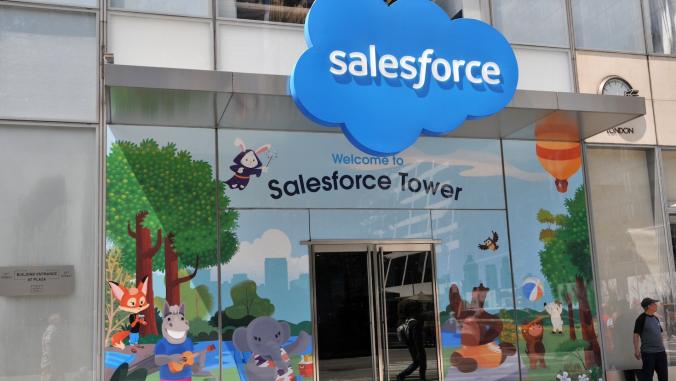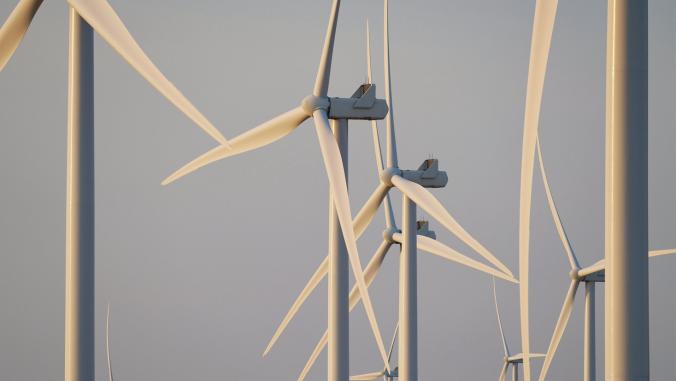Why companies are betting big on batteries
Prices are falling steeply and more anecdotal evidence of commercial energy storage applications is emerging.

This article is drawn from the Energy Weekly newsletter, running Thursdays.
As a creature of the outdoors, I take immense pleasure in relocating to my back patio with my laptop (weather permitting) to finish out my summertime workdays so that I can watch the solar lights spring into life across my garden as darkness falls. That's provided the rechargeable batteries are in working order, of course.
I found it telling that the centerpiece of Bloomberg NEF's 2018 New Energy Outlook was the huge impact that falling prices for lithium-ion batteries will have in propelling solar- and wind-generating electricity to a much larger percentage of the worldwide mix — an estimated 50 percent by 2050.
Here's a data point that will charge you up: prices already have tumbled by 80 percent since 2010, and we're nowhere near the bottom. "We see $548 million being invested in battery capacity by 2050, two-thirds of that at the grid level and one-third installed behind-the-meter by households and business," said Seb Henbest, lead author of the report.
Several states are doing all in their power to motivate investments: New York is calling for 1.5 gigawatts of capacity by 2025; California is calling for a slightly lower number but at more accelerated pace. New Jersey and Massachusetts are also looking to do their part.
While anecdotal examples of real-life commercial and industrial installations are still few and far between, just this week, power company Enel's EnerNOC division (which it acquired last year) announced a contract with Canadian food packaging company Amhil for a system with a capacity of 2.34 megawatts. The technology will be used to help the company participate in the regional demand response program. (The company can tap into the battery when it's asked to curtail consumption, without affecting production.) Over the next 11 years, the system could help shave roughly 20 percent of Amhil's electricity bill. There's also the bonus of extra resilience during grid disruptions.Batteries appeal to risk managers who love hearing more about solutions to improve corporate resilience.
I'm betting these sorts of deals will become much more common in the months to come, as businesses get creative with ways of financing and justifying them. The good news is that batteries appeal to risk managers who love hearing more about solutions to improve corporate resilience.
Speaking of innovation, now's your chance to speak up. If you're an entrepreneur working on technology relevant to clean power, zero-emissions transportation or the shift to a circular economy, consider applying for the VERGE Accelerate fast-pitch competition before the July 30 deadline. And if you know a more established individual or company who you would consider a clean economy visionary, check out the call for nominations for the inaugural VERGE Vanguard Awards.
And finally, five random articles for energy wonks:
- Some like it cool: The amount of electricity used to crank up the air-conditioning in American buildings during the hot summer months has surpassed all of the power used in the U.S. during 1955. The NRDC ponders the health implications.
- Not in my backyard: A solar development plan in the Pacific Northwest encounters neighborly resistance. (New York Times)
- A milestone in Germany: Where clean power beat out coal during the first half of 2018. (Bloomberg)
- And you thought China was growing fast: India's investments in renewable electricity rose 22 percent during the first half. Oops, they fell in China. (Quartz)
- Who needs clean power? A draft of the EPA's plan to kill the Clean Power Plan is circulating around Washington. As you might expect, it's apparently far friendlier to coal-generation facilities. (New York Times)
Until next week, lights out.





